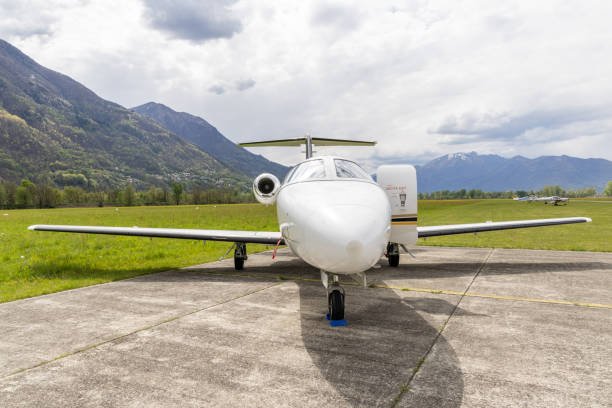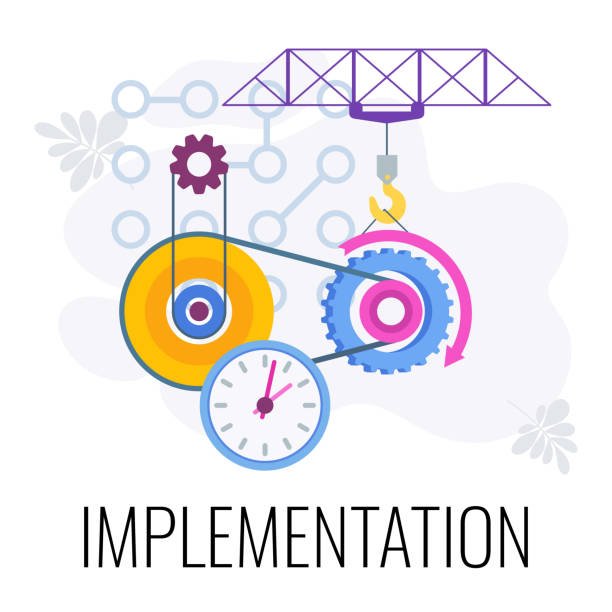Introduction
Mohammed bin Zayed City is a growing residential area in Abu Dhabi known for its calm surroundings, spacious neighborhood layout, and easy lifestyle. The community is located slightly away from the city center, giving residents a quiet and balanced living environment. It has become a preferred place for families, working professionals, and individuals who want comfort, daily convenience, and well-structured housing options. Over the years, mohammed bin zayed city has developed into a well-organized community with schools, supermarkets, clinics, parks, and local markets that support day-to-day living without the need to travel far.
This area is also known for its large villa compounds and residential buildings that offer practical, comfortable living spaces. The surroundings feel open, the streets are broad, and the rhythm of life here is relaxed. Many residents choose this community because it allows them to live peacefully while still staying connected to various parts of Abu Dhabi through major highways and road networks.
Location and Connectivity
Mohammed bin zayed city is located on the edge of Abu Dhabi, giving it a strategic location that provides both privacy and convenience. The area is close to the main roads like Sheikh Mohammed Bin Zayed Road and Abu Dhabi Al Ain Road, making travel to nearby regions easy and smooth. Whether someone works in the main business districts, industrial zones, or neighboring emirates, reaching these places is comfortable due to direct road connections.
The city is also within reach of well-known locations such as Abu Dhabi International Airport, Mussafah industrial area, and various shopping centers. This makes it especially suitable for people who commute daily or prefer having travel access for work and family connections. The layout of the community allows residents to move around with ease, whether by private vehicle or public transportation.
Residential Atmosphere
One of the most noticeable features of mohammed bin zayed city is its spacious residential layout. Properties here are known for wide floor plans, practical room distribution, and comfortable living areas that support family life. Both villas and apartment buildings are present, giving residents a choice based on their personal preference and daily needs.
The community feels calm throughout the day, and noise levels remain low compared to districts closer to the center of Abu Dhabi. Many people appreciate this quiet setting, especially those raising children or seeking a peaceful home environment after busy schedules. The community roads are organized, allowing residents to walk, jog, or relax outside comfortably.
Another aspect that draws attention is the balance between privacy and openness. Many villa compounds offer fenced private spaces, while apartment communities maintain common spaces for gatherings and daily interactions. This makes mohammed bin zayed city suitable for both private living and friendly community environments.
Daily Needs and Convenience
The area is built to support a fully functional lifestyle. Residents can fulfill daily needs without traveling far. Supermarkets, grocery stores, pharmacies, and local bakeries are present in almost every part of the community. There are also small retail clusters that offer items and services for regular household requirements.
Healthcare facilities, clinics, and medical centers are easy to reach, providing peace of mind for families. Schools and nurseries are also available within the community and nearby, making education access straightforward for parents. This convenience adds to the comfort of living in mohammed bin zayed city because routine tasks feel simple and manageable.
The city also includes gyms, salons, small fitness centers, and various dining spots. People can enjoy meals outside, stay active, and maintain daily routines without needing to travel to distant parts of the city. The layout supports a balanced lifestyle that meets practical needs efficiently.
Community and Lifestyle
Life in mohammed bin zayed city tends to be relaxed and family-focused. The environment encourages spending time outdoors, taking walks, meeting neighbors, and enjoying simple gatherings. Many residential compounds have spaces for children to play and for families to spend time together.
The community culture emphasizes respect, calm interaction, and peaceful living. Residents often appreciate the sense of comfort that comes from being in a well-balanced neighborhood. Whether someone enjoys quiet time at home or social gatherings, the community environment supports both.
There are also small parks and open areas where families can sit, relax, and enjoy fresh air. These open spaces help maintain a pleasant daily atmosphere and support physical activity and outdoor sitting time.
Work and Business Access
Many residents of mohammed bin zayed city work in different parts of Abu Dhabi, including government offices, private companies, educational institutions, healthcare centers, and industrial sectors. The city’s location makes commuting straightforward and time-efficient. Business centers and work hubs can be reached comfortably through connected roads.
Several workplaces and training centers are also located close to the area. This makes it convenient for both long-term residents and people who move to the community for job opportunities. The availability of commercial spaces also supports small businesses and service providers, making the local economy active and functional.
Why People Choose Mohammed Bin Zayed City
People choose to live in mohammed bin zayed city for multiple practical reasons:
- Calm and peaceful neighborhood life
- Spacious housing options suitable for families
- Easy access to main roads and key areas
- Presence of daily essential services
- Organized community layout
- Friendly and respectful environment
The community does not feel crowded or rushed. The simplicity and comfort of living here appeal to those who value stability and calm spaces.
Future Development and Growth
Mohammed bin zayed city continues to grow steadily. More residential buildings, local service points, and road improvements have been taking place over time. This indicates long-term investment and stable development planning. The city is expected to maintain its identity as a comfortable and practical residential area while offering more services and better accessibility.
This growth supports community life by adding new conveniences, improving infrastructure, and maintaining a consistent environment for residents.
Conclusion
Mohammed bin zayed city is a community designed for comfort, stability, and daily ease. It provides spacious living conditions, a peaceful environment, and a strong sense of neighborhood simplicity. With essential services, schools, healthcare facilities, and easy route connections, residents can enjoy both private home life and practical daily routines. The area continues to grow thoughtfully while keeping its calm atmosphere, making it a meaningful place to call home.



